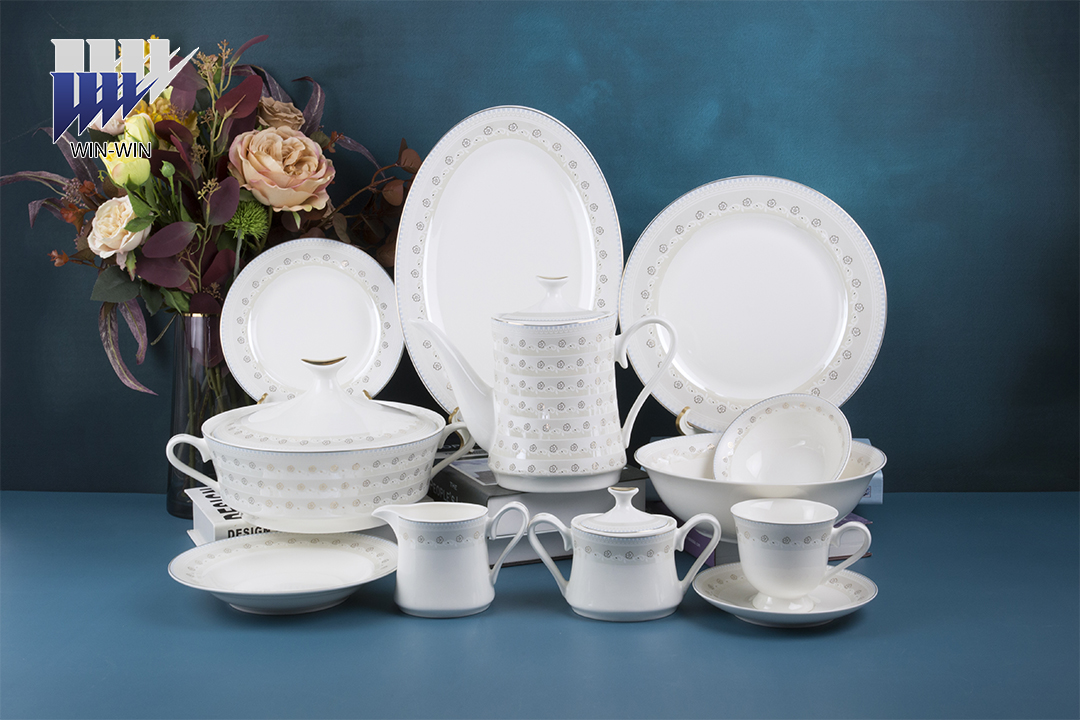The bisque firing temperature in the personal pottery studio is usually around 1000°C, and the green body is completely vitrified during the glaze firing process. Although under-burning and too thick green body are the main reasons for the poor strength of the biscuit green body, the causes also include the following aspects:
1. There is no problem with the firing time and firing temperature, but the green body placed in the kiln is too dense (this will cause the green body to be under-fired). The solution is to shorten the firing time as much as possible under the condition that the total quantity of green body remains unchanged.
2. The particle size of the fluxing material inside the ceramic body changes. A fluxing material that is only roughly ground will not melt sufficiently in a high temperature environment.
3. The proportion of clinker or sand in the ceramic blank formula increases, or the particle size changes.
4. There are air bubbles in the ceramic blank, which should be completely exhausted during refining.
5. Ceramic blanks have been reformulated and not overused.
6. The plasticity of clay particles is reduced. In this case, the green strength of the ceramic body is reduced, and the outer surface of the body is cracked, which further causes the body to be brittle after firing.
For the green body that has reached the vitrified state, the reason for the decrease in the strength of the green body is usually that some conditions have changed, which further leads to the inability to fully melt or reduce the amount of the fluxing substance. For the detection of Cornish, feldspar or nepheline orthoclase, or other types of fluxing substances mixed in the billet, by firing small test pieces. Fire the small test pieces in a similar firing manner, and compare the refractoriness of the clay particles in the two firing environments, and then test the density and crack resistance coefficient of the green body. Poor firing strength may result from inherent design flaws in the ceramic body, such as sharp, angular, and sharply angled vessels, which far exceed the firing strength of round and symmetrical vessels.
If the ingredients are not adequately blended in the mixer or grinder, the billet will be improperly prepared. In this case, the cross-section of the ceramic body will appear rougher than before, and even particles of certain components can be seen.
Post time: Dec-20-2022






